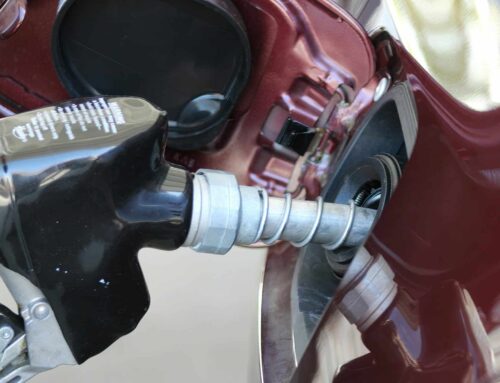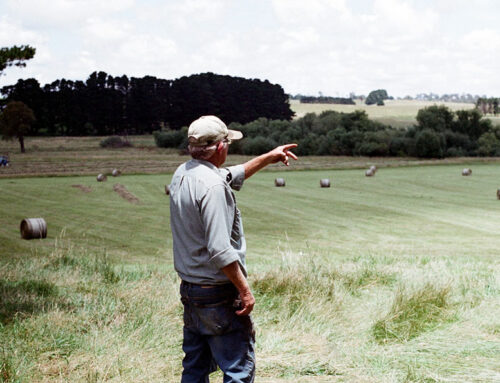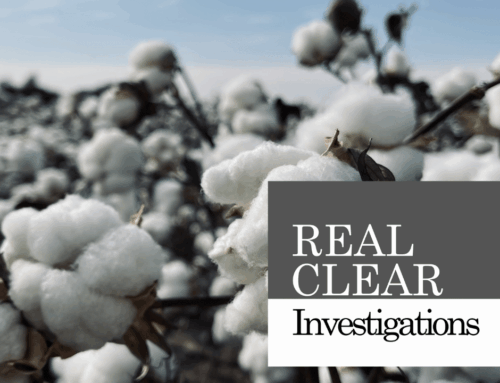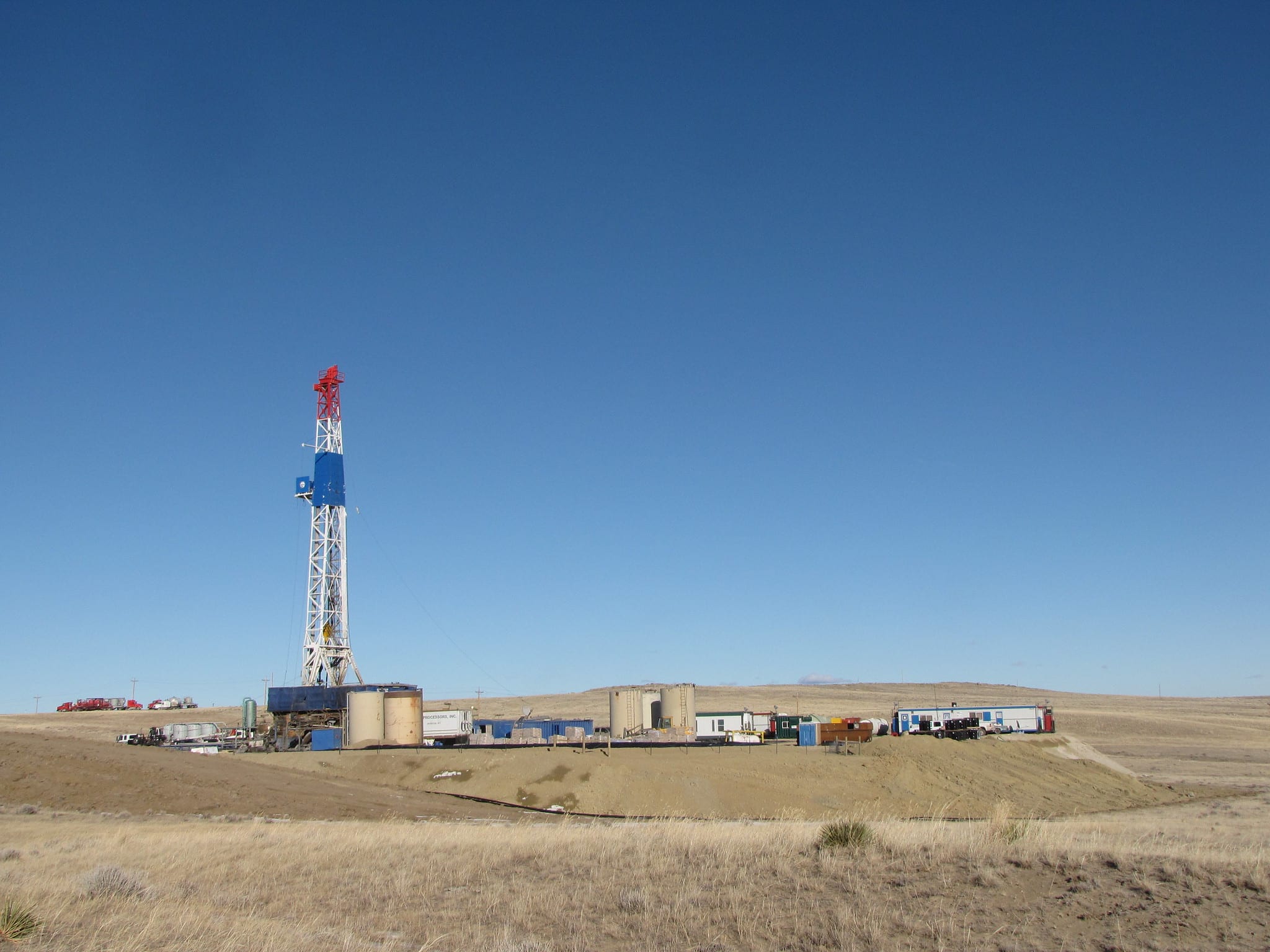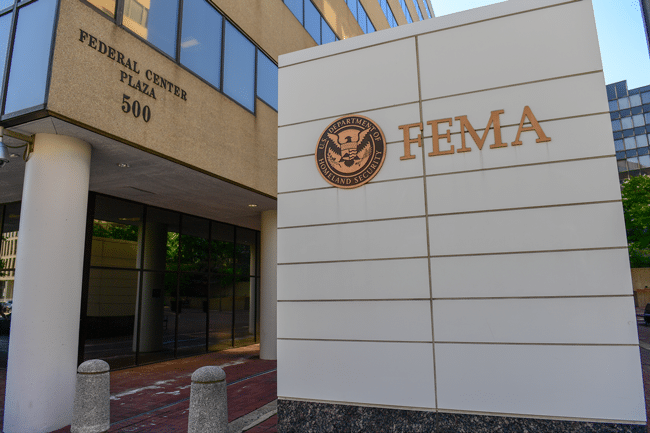With Congress back in session, 56 members of the House and Senate convened for the first, and likely only, public meeting to find a legislative compromise between the two versions of the farm bill passed earlier this summer.
There is a vast gulf between the House and Senate – on changes to the nutrition programs, on whether to focus the farm financial safety net only on actual farmers, and how to get more value out of conservation programs. But there is little room between members when it comes to perpetuating misinformation on what’s at stake in the farm bill. And we are here to call it all out.
Here’s your Top Eight List of myths planted in the conference committee – one for every $100 billion in the bill:
- In farm country what goes up must never come down, so taxpayers must guarantee record crop prices and business income. For many farmers, crop prices and farm business income are lower than when the last farm bill was debated in 2013. But that’s because 2010-2014 was the best five year run for agriculture, ever. We’re in a down cycle in the ups and downs of doing business, but things are still plenty good. Lawmakers just want taxpayers to bring back those unsustainable record profits – trying to keep those numbers high, that’s the myth.
- Taxpayers must keep subsidizing farm businesses if a new $867 billion farm bill doesn’t pass this month. Newsflash: That’s going to happen anyway. The two largest programs comprising the taxpayer subsidized safety net are crop insurance and the Agriculture Risk Coverage (ARC) and Price Loss Coverage (PLC) The crop insurance program and subsidy rates for premiums are permanently authorized by legislation outside of the farm bill. By law any payments in the agricultural business income entitlement programs ARC and PLC can begin no earlier than October 1st of the year after a crop’s marketing year. That means payments this fall will be for last year’s plantings. Lawmakers could never pass an omnibus farm bill ever again and federally subsidized crop insurance would continue.
- Apres September 30, le deluge. Farm programs don’t disappear at midnight on September 30. During the last farm bill debate farmers went 93 days between “expiration” of the 2008 farm bill and Congress passing a one-year extension while they worked out final details. Crops still grew, cows were milked, and the sky did not fall. It’s better to get the farm bill right than succumb to the siren song of special interests clamoring for subsidies by spinning tales of Agricultural Armageddon. Oh, and they didn’t even bother passing an extension when the farm bill “expired” a second time, so no farm bill for Oct 1, 2013 to Feb 7, 2014 yet the world still turned.
- The 2014 farm bill’s promise of farm safety net savings is not bearing fruit. Income entitlement programs created by the 2014 farm bill are much more expensive than promised. The Congressional Budget Office projects that the Agriculture Risk Coverage (ARC) and Price Loss Coverage (PLC) programs will cost $48.2 billion over the scoring window of the 2014 farm bill. That’s $21 billion more than projected at the time of farm bill passage, likely contributing to our first trillion dollar farm bill. And Ag interests are piling on more unbudgeted spending, including $1.2 billion given to cotton and dairy in the Bipartisan Budget Act of 2018, $2.7 billion un paid for aid after the 2017 hurricane season, $600 million in “emergency assistance” to cotton processors, and on, and on.
- The farm bill for our markets! Except it’s not the farm bill, it’s Trump’s trade war. The biggest uncertainty in farm country is the fear (and now reality) of lost markets due to the Trump Administration’s trade war of choice. The farm bill does nothing to stop foreign tariffs on US farm exports or US tariffs that equipment manufacturers have to pay on steel and aluminum. In order to give Ag producers certainty, Congress needs to legislate an end to the trade war and give Ag businesses the opportunity to succeed by opening up markets instead of closing them. Speaking of which….
- Let the markets decide. The current Farm Bill and USDA’s efforts to replace trade with federal aid provide certainty that Washington will continue picking winners and losers. Since passage of the 2014 farm bill 94 percent of commodity subsidies have gone to just six crops even though they represent only 28 percent of agricultural receipts. Barely 1 in 6 farms benefit from subsidized crop insurance. And fully 70 percent of farms receive no government payments. The Trump Administration’s trade loss subsidy payments continue this trend, sending federal welfare checks to a handful of growers and leaving the rest behind. Washington must stop picking winners and losers and let all types of Ag compete.
- All farmers are equal, some more than others. Far too many lawmakers on the Agriculture Committee are okay with farm safety net programs spending millions on non-farmers. Under current law, most farms are eligible to designate an unlimited number of people as “active personal management only” (APMO) to satisfy the service requirement for farm program eligibility. With no requirement a manager even step foot on the farm, some individuals are essentially “Farming by Facetime” and cashing checks from the Treasury, including city slickers nowhere near a farm.
- But wait, not all farmers! We agree. So lawmakers supporting work requirements as a condition for taxpayer subsidies should do so for all subsidies. We must close the active management loophole so the farm safety net is focused on actual farmers. Both the House and Senate passed this reform as part of the 2014 Farm Bill. Unfortunately, the Farm Bill Conference Committee ignored the will of Congress and significantly watered down the applicability of the reforms. There’s talk again that the 2018 conference committee will do the same. What’s wrong with insisting taxpayer subsidies for farmers only go to actual farmers?
The misinformation level is high. But the price of the farm bill does not have to be that high. If there’s one thing we know at Taxpayers for Common Sense it’s that rushed spending decisions practically guarantee waste. The farm bill already comes with a big dollar figure and several existing problems. Instead of rushing through another farm bill, lawmakers have – and should take – the opportunity to make the agricultural safety net great again by reforming it to be cost-efficient, transparent, responsive, and accountable to the taxpayers that pay for it.


